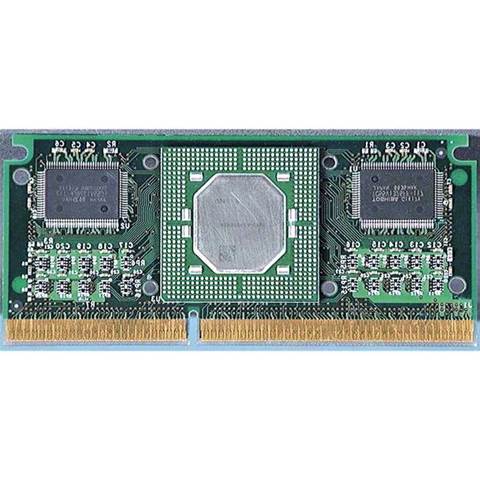According to Wikipedia the cache as a concept began in 1967 when boffins at IBM suggested a memory improvement design that utilised what they called the ‘high speed buffer’. Apparently this was too much of a mouthful for the readership of the IBM System Journal in which a paper describing the technique was published, and the editor of the journal suggested ‘cache’ instead. And it’s stuck ever since.
As its original name suggests, a cache is a buffer in that it can store temporary data for quick access – although technically a cache and buffer are not the same thing. In simple terms a cache acts as a fast storage mechanism for temporary data in place of a slower source, the result of which can be reduced latencies and, in turn, increased performance.
To brutally re-phrase a quote from Babylon 5, “While all caches are buffers, not all buffers are caches” (Oh you big geek -ed). While a cache also buffers data in that the information is readily available in the cache for quick retrieval, a buffer is instead usually used to store data in transit and is designed to flush but retain its contents unless more data pushes it out. Mostly, they’re FIFO (first in first out), as you see with disk caches. Indeed, while hard drives today come with 8M, 16M, and 32M caches these are, in operation if not in name, buffers.
By contrast a cache will frequently continue to store whatever data is needed even as some of its contents come and go, and is used in conjunction with predictive algorithms to keep useful data where it’s needed most.
And on that note, just what are all those caches in your system and what do they do?
Inside Cache
By
Ashton Mills
on Jul 31, 2008 8:16AM

Page 1 of 4 | Single page
Got a news tip for our journalists? Share it with us anonymously here.
Partner Content

How Expert Support Can Help Partners and SMBs Realize the Full Value of AI
_(21).jpg&h=142&w=230&c=1&s=1)
Empowering Sustainability: Schneider Electric's Dedication to Powering Customer Success

Shared Intelligence is the Real Competitive Edge Partners Enjoy with Crayon

Beyond the box: How Crayon Is Redefining Distribution for the Next Era
.png&h=142&w=230&c=1&s=1)
How mandatory climate reporting is raising the bar for corporate leadership







.jpg&w=100&c=1&s=0)






.jpg&q=95&h=298&w=480&c=1&s=1)



